What Is The Fastest PWC On The Market?
Why the answer isn't always as simple as it sounds
It’s a question on the minds of many performance-minded buyers, as well as just those curious about what kind of potential is available in the personal watercraft market. Just how fast do they go, or more to the point, which model is the baddest machine on the planet.
The answer is easy, yet simultaneously complex. It involves “handshake” agreements with the Coast Guard, electronic speed limiters, even the salinity of the water you ride in. Not to mention your weight, your riding style, even how much fuel is currently in the tank.
The fastest PWC? It’s a question with many answers.
 So which personal watercraft is fastest? The answer is complicated.
So which personal watercraft is fastest? The answer is complicated.The Handshake Agreement
The “fastest” production personal watercraft on the planet may not ever get the chance to really prove it in stock condition, at least not in the United States. That’s because years ago, as manufacturers seemingly jumped into a full-on horsepower war, the Coast Guard registered its concern. Go too much further and the Coasties warned they may have to step in and pay a little more attention to the speed issue, perhaps try to enact limits to keep things from getting out of hand. What resulted was the infamous “handshake agreement,” an informal pact between manufacturers and the USCG to limit top speed to 65 mph. In today’s age of electronically controlled engines, it’s a relatively easy thing to do. Though the engines may be capable of more, they’re in effect limited, governed to produce only so much power.
So, an apples-to-apples comparison of the highest-horsepower models is often inconclusive, as competitors are all programmed to peak at roughly the same speed.

Of course, that magic number 65 is somewhat of a moving target. For starters, in the initial agreement the Coast Guard gave manufacturers a leeway of two miles per hour. Production tolerances, conditions, load, many things can make that number 65 vary on any given day.
The Coast Guard’s own previous testing also had interesting parameters. They based their speeds on a 200-pound rider, with a full tank of fuel, in brackish water conditions. Toss a 150-pound guy in the saddle with a mere five gallons of fuel in ideal water conditions, and it’s easy to see that the numbers could be quite different. Saltwater is different than fresh water, calm conditions are typically superior to rough, even humidity can have a pronounced effect. And temperature. In today’s era of superchargers, a hot August day can sap an engine’s power. So can altitude. Even the pump nozzle’s trim position can make a difference, pushing more of the bow into the water or getting the craft out of the water and reducing friction.
Long story short? Boat’s like Kawasaki’s Ultra 310X, Sea-Doo’s RXP-X 300, and Yamaha’s FX SVHO all boast amazing horsepower, and generally speaking all can hit 65 mph in good water conditions with a light passenger and fuel load. Maybe, probably, even 67. But in production form you won’t go much further. That’s one of the reasons why acceleration, and not just top speed, has begun to draw more interest of late.
Unleash The Monster Within

Of course, the key words at the end of the last paragraph are “production form.”
As you may have surmised, many of today’s flagship engines have more potential than they’re allowed to exhibit. And the proof is that one of the first ways that aftermarket manufacturers like RIVA Racing pull more power out of an engine, “for competition use only” – wink, wink – is that they install an electronic speed control override module. For an example of the potential increases, let’s look at Kawasaki’s Ultra series. Installing RIVA’s override module, as well as a simple power filter and airflow upgrade, instantly adds roughly three to four miles per hour to a U.S. model’s top end, much of which is accomplished simply by removing the engine’s GPS-controlled speed limit. Suddenly, your boat has the potential to hit 70 mph, all with just relatively simple accessories. As RIVA explains, the speed control override module is “the gateway part” necessary for all modifications that utilize the stock ECU, or Electronic Control Module.
Remove the leash and the beast is set free.

Shop For RIVA Speed Control Override Module
The catch, of course, is that installing such a speed override voids your craft’s warranty. While we’ve heard tales of some dealers overlooking the part, should you have a failure that’s traced to overriding the craft’s speed control, chances are – at least technically – you won’t have a warranty to fall back on. You may also have to commit to a steady diet of higher-octane premium gas.
Such is the price of speed for those who really must go faster than the stock limits allow.
Another option is RIVA Racing’s Power Filter Kit. The one pictured above is for the Yamaha GP1800 and it is designed to help provide more cool air to your supercharged engine. This, in turn, improves acceleration and rpm. It’s a simple and effective way to gain more power.
We are committed to finding, researching, and recommending the best products. We earn commissions from purchases you make using the retail links in our product reviews. Learn more about how this works.
Get PersonalWatercraft.com in your Inbox!
Like PersonalWatercraft.com on Facebook
Comments
Most Popular

2025 Yamaha JetBlaster PRO 2-Up Review

2024 Kawasaki Jet Ski STX 160X Review

Remembering the Sea-Doo XP

Electric Sea-Doo Coming By 2026

Whatever Happened to the Wetbike?

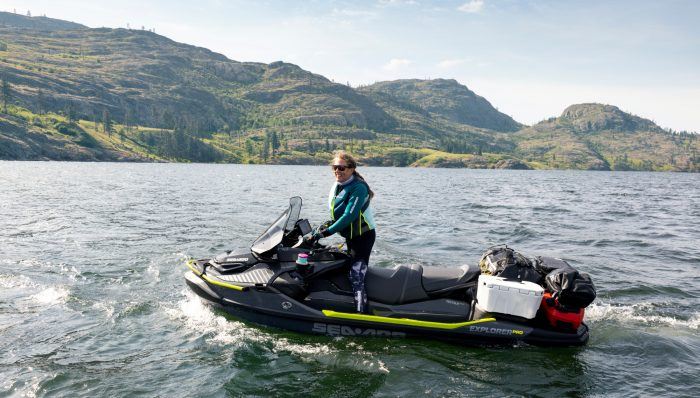
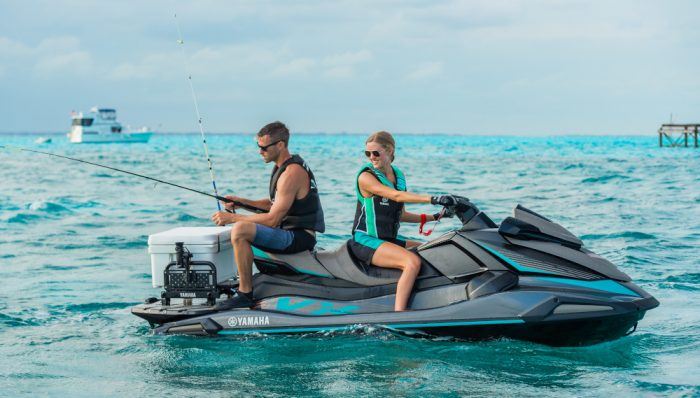
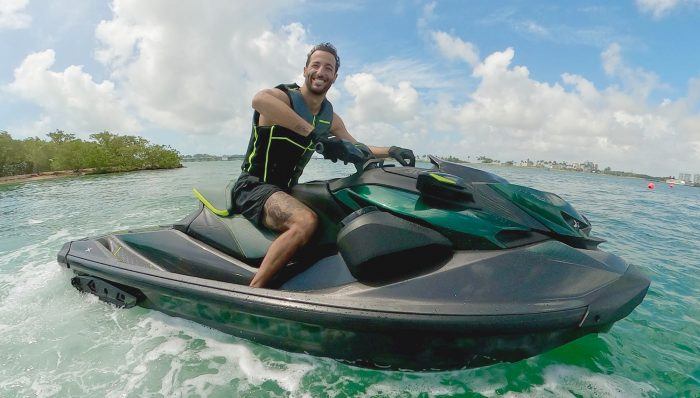



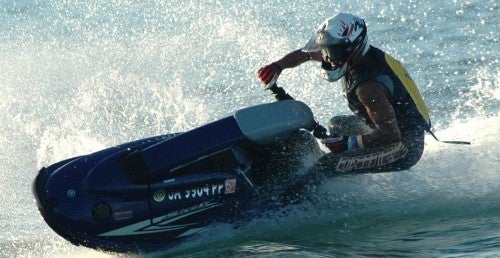


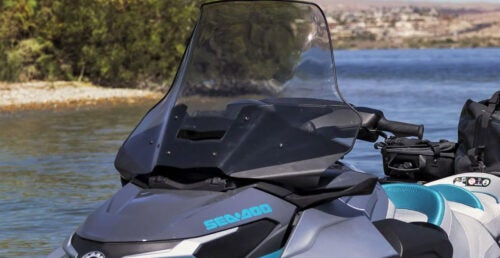
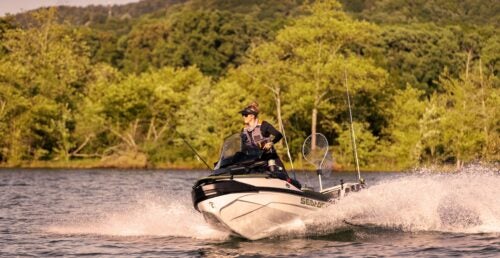


 Your Privacy Choices
Your Privacy Choices